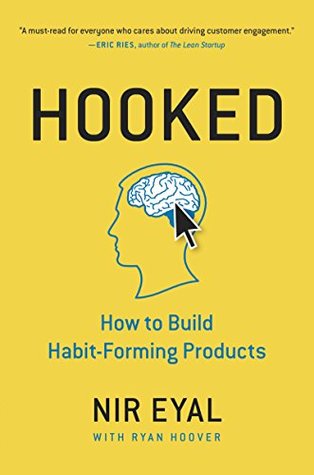More on this book
Community
Kindle Notes & Highlights
Feedback loops are all around us, but predictable ones don’t create desire.
Influencing behavior by reducing the effort required to perform an action is more effective than increasing someone’s desire to do it.
Interestingly, as the price of the wine increased, so did the participants’ enjoyment of the wine. Not only did they say they enjoyed the wine more but their brain corroborated their feelings, showing higher spikes in the regions associated with pleasure. Little did the study participants realize that they were tasting the same wine each time.
The study revealed that what draws us to act is not the sensation we receive from the reward itself, but the need to alleviate the craving for that reward.
To hold our attention, products must have an ongoing degree of novelty.
To keep them searching and scrolling, the company employs an unusual design. As the user scrolls to the bottom of the page, some images appear to be cut off. Images often appear out of view below the browser fold. However, these images offer a glimpse of what’s ahead, even if just barely visible. To relieve their curiosity, all users have to do is scroll to reveal the full picture
The turn of phrase has not only proven to increase how much bus fare people give, but has also been effective in boosting charitable donations and participation in voluntary surveys. In fact, a recent meta-analysis of forty-two studies involving over twenty-two thousand participants concluded that these few words, placed at the end of a request, are a highly effective way to gain compliance, doubling the likelihood of people saying yes.24 The magic words the researchers discovered? The phrase “But you are free to accept or refuse.” The “but you are free” technique demonstrates how we are more
...more
The more effort we put into something, the more likely we are to value it; we are more likely to be consistent with our past behaviors; and finally, we change our preferences to avoid cognitive dissonance.
Also in contrast to the action phase, the investment phase increases friction. This certainly breaks conventional thinking in the product design community that all user experiences should be as easy and effortless as possible. This approach still generally holds true, as does my advice in the action phase to make the intended actions as simple as possible. In the investment phase, however, asking users to do a bit of work comes after users have received variable rewards, not before.


